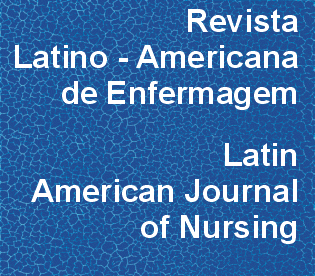Is vaccination against hepatitis B a reality among Primary Health Care workers?
DOI:
https://doi.org/10.1590/S0104-11692013000100005Keywords:
Hepatitis B, Vaccination, Occupational Health, Primary Health CareAbstract
OBJECTIVE: To verify the prevalence and factors associated with vaccination against hepatitis B among Primary Health Care workers in Montes Claros/MG. METHOD: A cross-sectional, analytic study was undertaken. Data were collected through a form, which contained sociodemographic, occupational, general health and behavioral variables. Associations were investigated through bivariate analysis and Poisson's multivariate regression, using SPSS 17.0. RESULTS: 95.5% answered the question about vaccination; 47.5% did not complete the vaccination scheme. The prevalence of vaccinated professionals was lower among older workers, who were hired, did not participate in occupational health updates and consumed alcohol. Prevalence levels were higher among professionals with more years of education and who reported contact with piercing and cutting instruments . CONCLUSIONS: Professional education, knowledge and perception of infection risks are important determinants of the vaccination scheme. Instability at work may lead to negligence and negligent behaviors may repeat themselves. The characterization of professionals who did not get vaccinated will direct educative actions in occupational health.Downloads
Download data is not yet available.
Downloads
Published
2013-02-01
Issue
Section
Original Articles
License
RLAE’s authorship concept is based on the substantial contribution by each of the individuals listed as authors, mainly in terms of conceiving and planning the research project, collecting or analyzing and interpreting data, writing and critical review. Indication of authors’ names under the article title is limited to six. If more, authors are listed on the online submission form under Acknowledgements. The possibility of including more than six authors will only be examined on multicenter studies, considering the explanations presented by the authors.Including names of authors whose contribution does not fit into the above criteria cannot be justified. Those names can be included in the Acknowledgements section.
Authors are fully responsible for the concepts disseminated in their manuscripts, which do not necessarily reflect the editors’ and editorial board’s opinion.
How to Cite
Is vaccination against hepatitis B a reality among Primary Health Care workers? . (2013). Revista Latino-Americana De Enfermagem, 21(1), 316-324. https://doi.org/10.1590/S0104-11692013000100005



